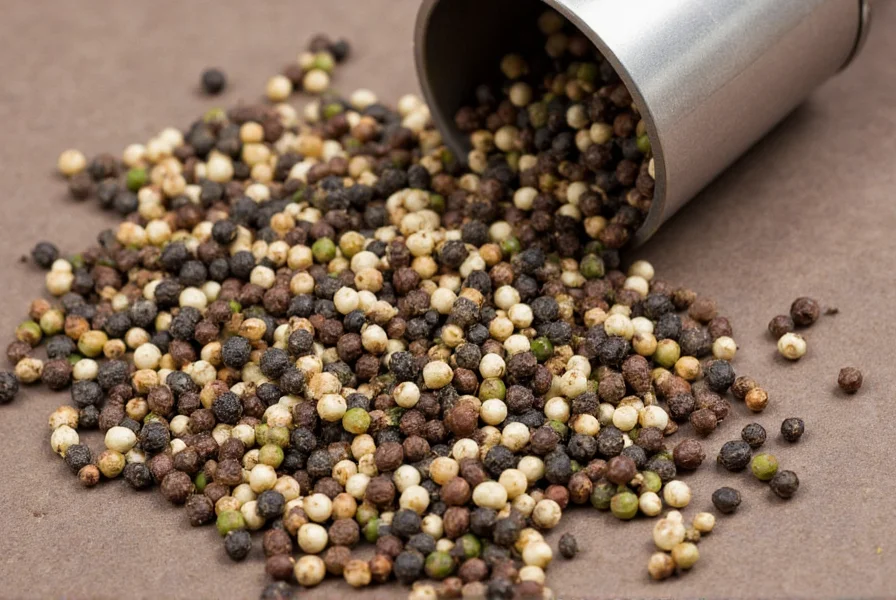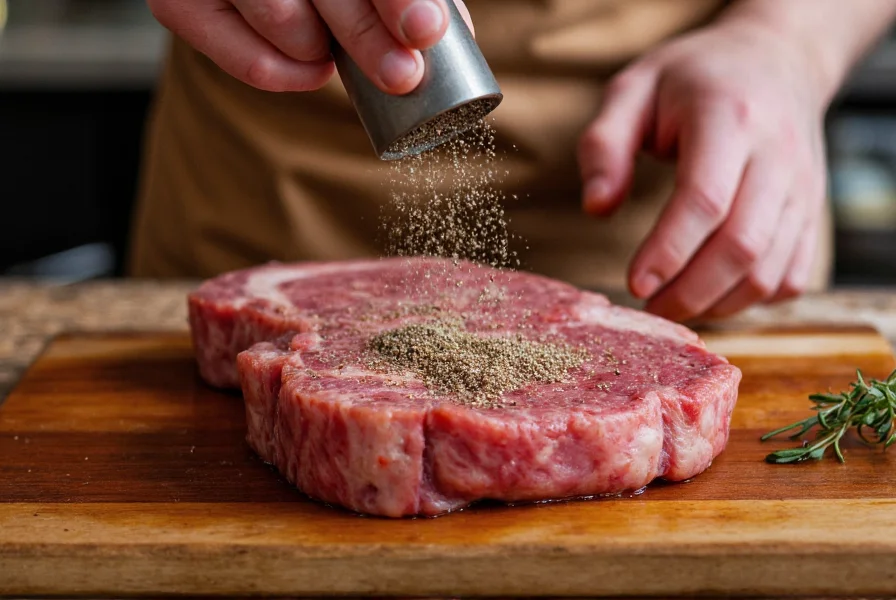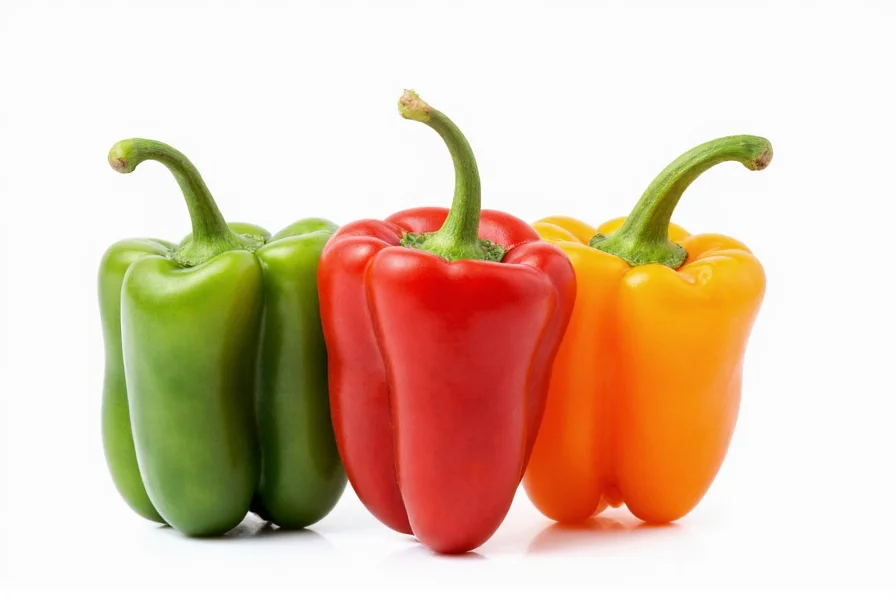Understanding the Components of Triple Pepper
Each peppercorn variety in triple pepper contributes unique characteristics that create a harmonious blend. Black peppercorns, the most common variety, provide bold heat and woody notes from partially dried, unripe berries. White peppercorns offer a sharper, cleaner heat derived from fully ripe berries with the outer layer removed. Green peppercorns deliver a fresher, more floral profile from unripe berries preserved through freeze-drying or brining.

Flavor Profile and Culinary Applications
The magic of triple pepper lies in its layered flavor development. When you use triple pepper in cooking, you experience an initial floral note from the green peppercorns, followed by the familiar warmth of black pepper, and finishing with the distinctive sharpness of white pepper. This progression makes triple pepper particularly valuable for dishes where single pepper varieties might dominate or fade too quickly.
Chefs recommend triple pepper for specific applications where complexity matters most. It shines in cream-based sauces where single pepper varieties can become harsh, in delicate fish preparations where subtle seasoning is crucial, and in compound butters that benefit from multi-dimensional flavor. The best triple pepper uses involve dishes where you want pepper to complement rather than command attention.
How to Maximize Triple Pepper in Your Cooking
For optimal flavor release, always grind triple pepper blend fresh using a pepper mill with ceramic or carbon steel grinding mechanisms. Metal grinders can create excessive heat that damages the delicate essential oils in the peppercorns. Add triple pepper during the final stages of cooking to preserve its nuanced flavor profile—unlike single pepper varieties that often benefit from earlier addition.
When substituting triple pepper for single varieties, use a 25% reduction in quantity. The combined intensity of three pepper types means you need less to achieve balanced seasoning. This triple pepper substitution ratio prevents overwhelming your dish while still delivering complex pepper notes.
| Peppercorn Type | Flavor Characteristics | Best Culinary Uses |
|---|---|---|
| Black Peppercorn | Bold heat, woody, earthy | Steaks, roasted vegetables, hearty stews |
| White Peppercorn | Sharp, clean heat, subtle floral notes | Cream sauces, light-colored dishes, seafood |
| Green Peppercorn | Fresh, floral, slightly fruity | Salads, vinaigrettes, delicate proteins |
| Triple Pepper Blend | Layered heat, balanced complexity | Compound butters, finishing seasoning, versatile applications |
Storage Recommendations for Long-Lasting Flavor
Proper storage significantly extends the shelf life of your triple pepper blend. Keep it in an airtight container away from light, heat, and moisture—the three primary enemies of spice freshness. Glass containers with tight-sealing lids work better than plastic, which can absorb odors and flavors. For maximum flavor retention, store your triple pepper blend in a cool, dark pantry rather than near your stove or oven.
Unlike single pepper varieties that might maintain potency for 2-3 years, triple pepper blends have a shorter optimal window of 12-18 months due to the varying preservation needs of each peppercorn type. The green peppercorns, being the most delicate, begin losing their fresh characteristics first. Check your blend periodically by grinding a small amount—if the aroma seems weak or one pepper variety dominates the flavor, it's time for a fresh batch.
Comparing Triple Pepper to Single Varieties
While single pepper varieties have their place in the kitchen, triple pepper offers distinct advantages for certain applications. The primary difference between triple pepper and single varieties lies in flavor complexity versus intensity. Single pepper types deliver a straightforward heat profile that works well when you want pepper to be the star seasoning. Triple pepper, however, creates a more sophisticated seasoning experience where pepper should enhance rather than dominate.
Understanding when to choose triple pepper over single varieties comes down to dish complexity. For simple preparations like scrambled eggs or grilled chicken, a single pepper variety often suffices. For more complex dishes with multiple flavor components—such as coq au vin or beurre blanc—triple pepper's layered profile integrates more seamlessly. This triple pepper culinary advantage makes it particularly valuable for elevated home cooking and professional kitchen applications.

Frequently Asked Questions
Can I make my own triple pepper blend at home?
Yes, creating your own triple pepper blend is straightforward. Combine equal parts high-quality black, white, and green peppercorns. For optimal freshness, grind only what you'll use within a few weeks. Some home cooks prefer a 2:1:1 ratio (black:white:green) for a more balanced profile that accounts for white pepper's stronger heat.
Is triple pepper significantly hotter than regular black pepper?
Triple pepper isn't necessarily hotter but offers more complex heat. White pepper typically brings sharper heat, while green provides milder floral notes. The overall sensation feels more layered rather than simply hotter. When substituting triple pepper for black pepper, start with 25% less quantity to avoid overpowering your dish.
What dishes work best with triple pepper versus single varieties?
Triple pepper excels in complex dishes where nuanced seasoning matters—cream sauces, delicate fish preparations, and compound butters. Single pepper varieties work better when you want distinct pepper flavor to shine, such as in steak seasoning or simple vinaigrettes. The best triple pepper applications involve dishes with multiple flavor components that benefit from layered seasoning.
Does triple pepper have different health benefits than single pepper varieties?
All peppercorn varieties contain piperine, the compound responsible for pepper's health benefits. While triple pepper combines three varieties, the nutritional profile remains similar to single varieties since they all come from the same plant family (Piperaceae). The primary difference lies in flavor complexity rather than significant nutritional variation.











 浙公网安备
33010002000092号
浙公网安备
33010002000092号 浙B2-20120091-4
浙B2-20120091-4